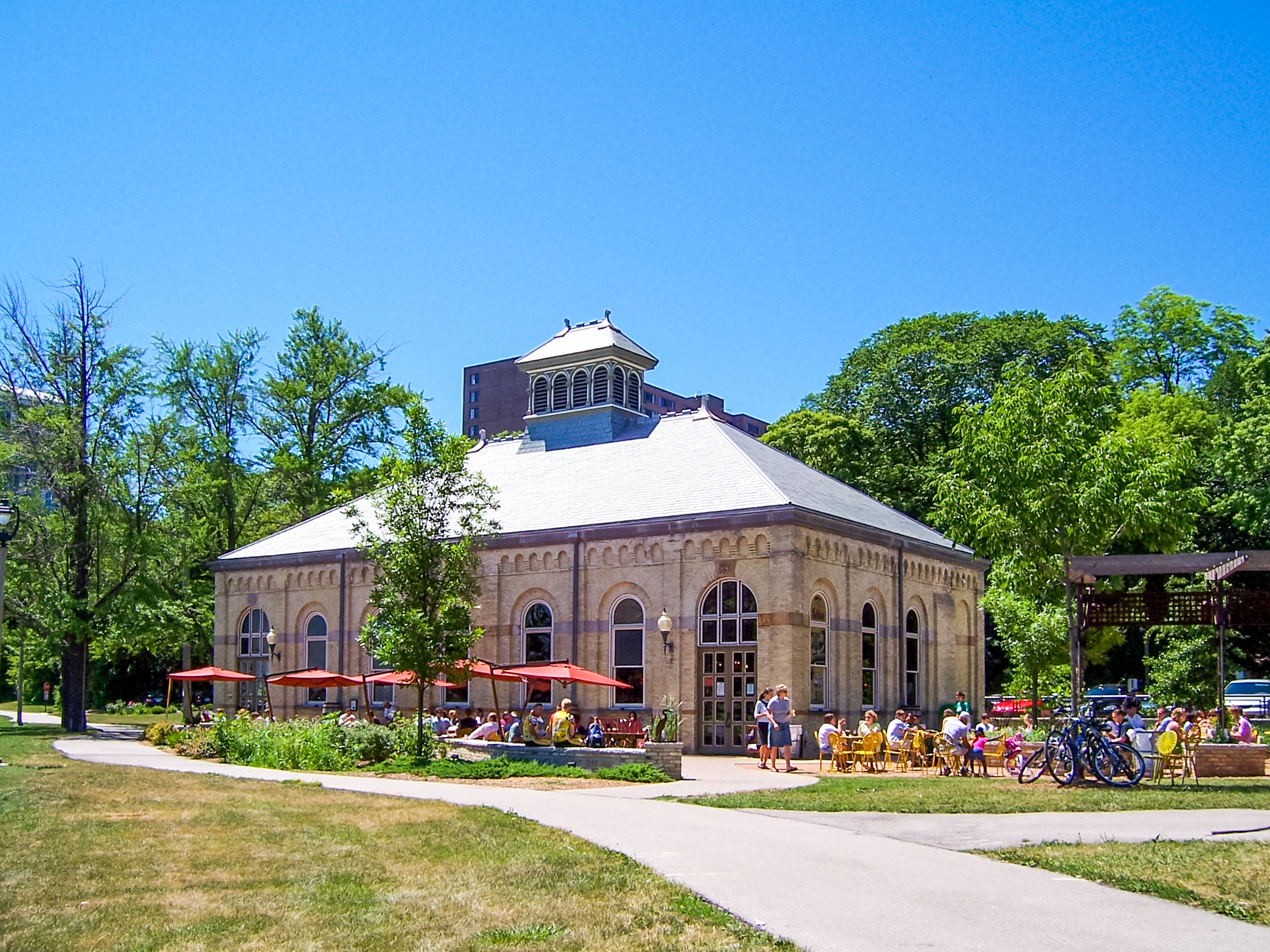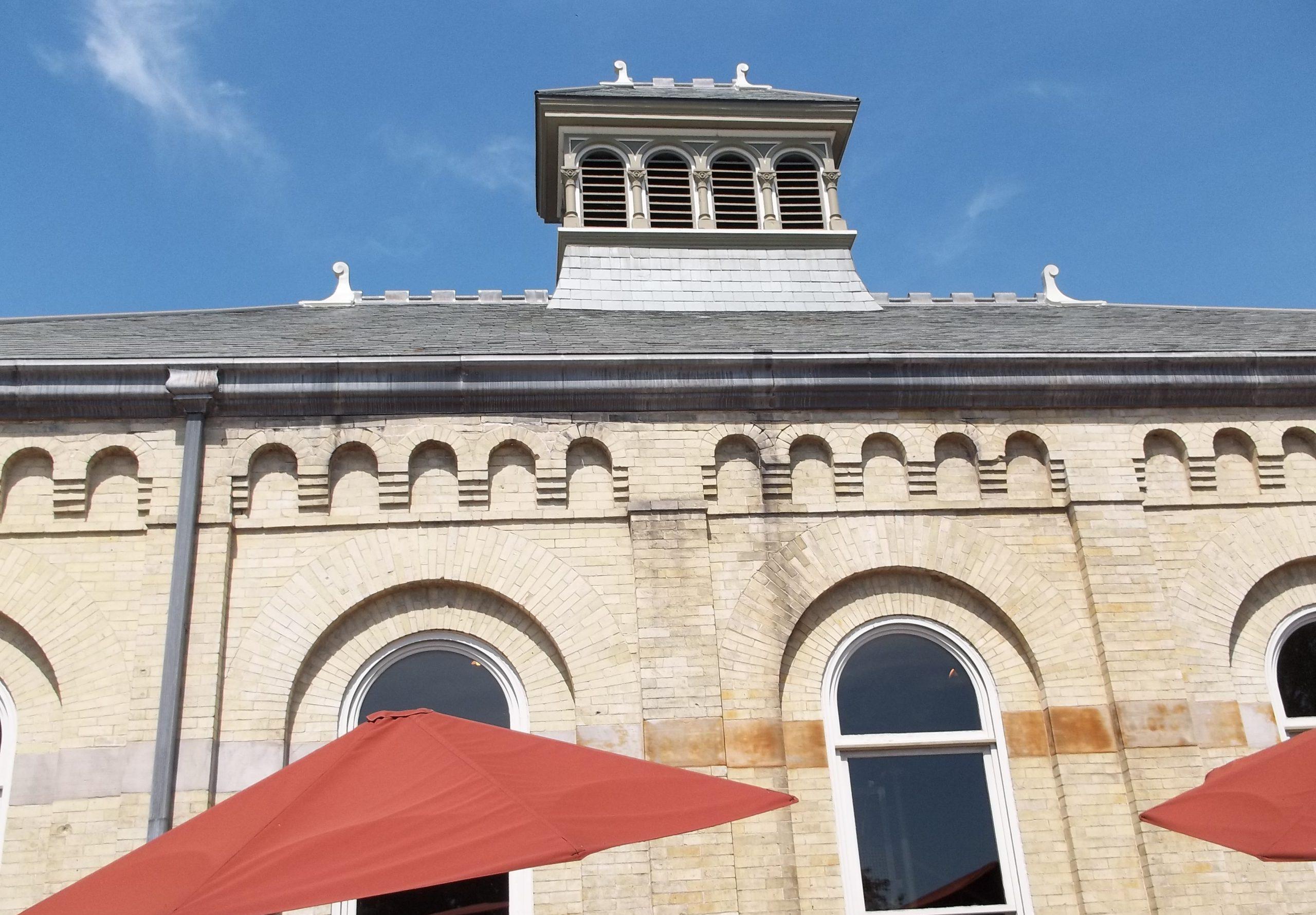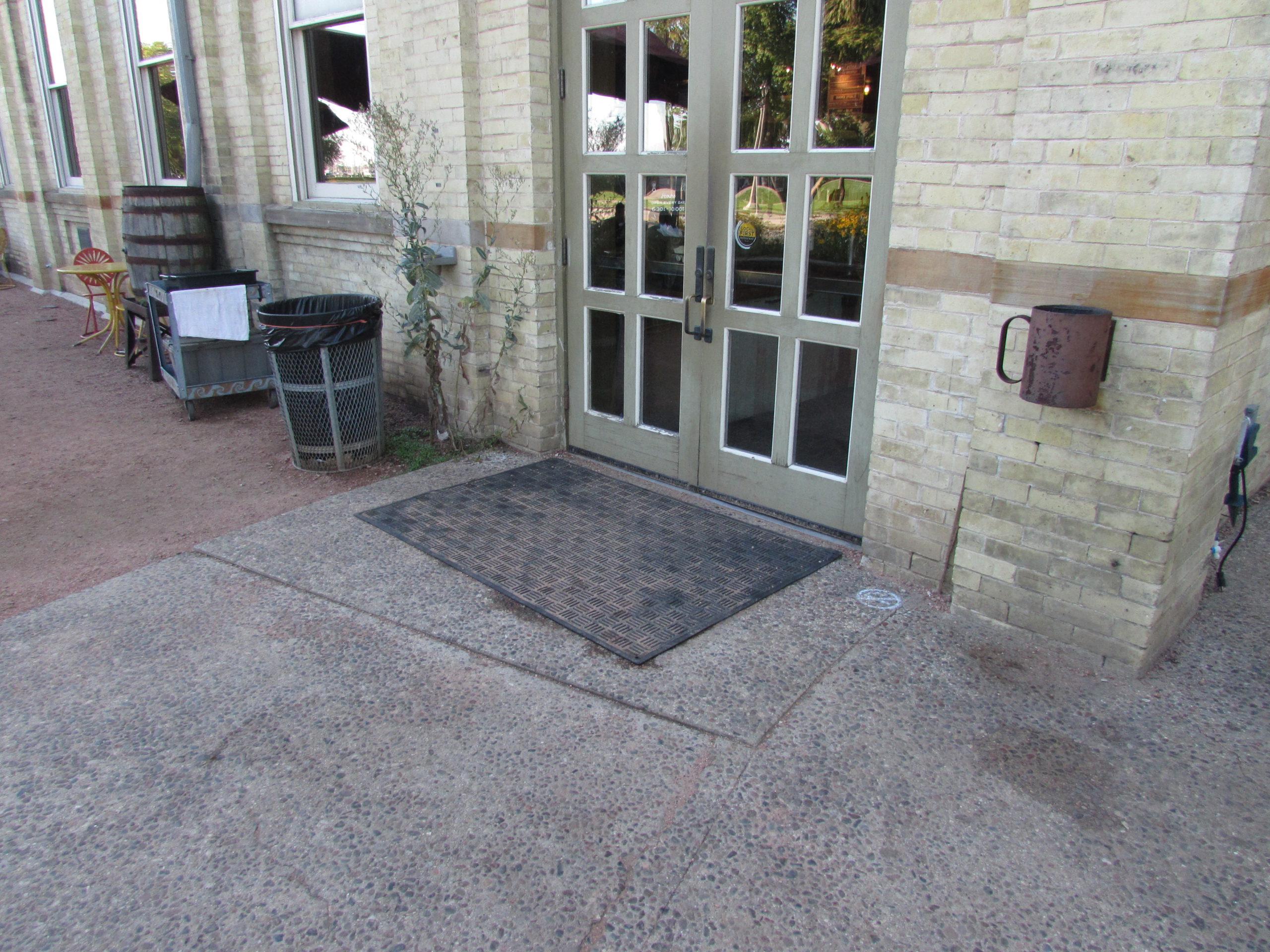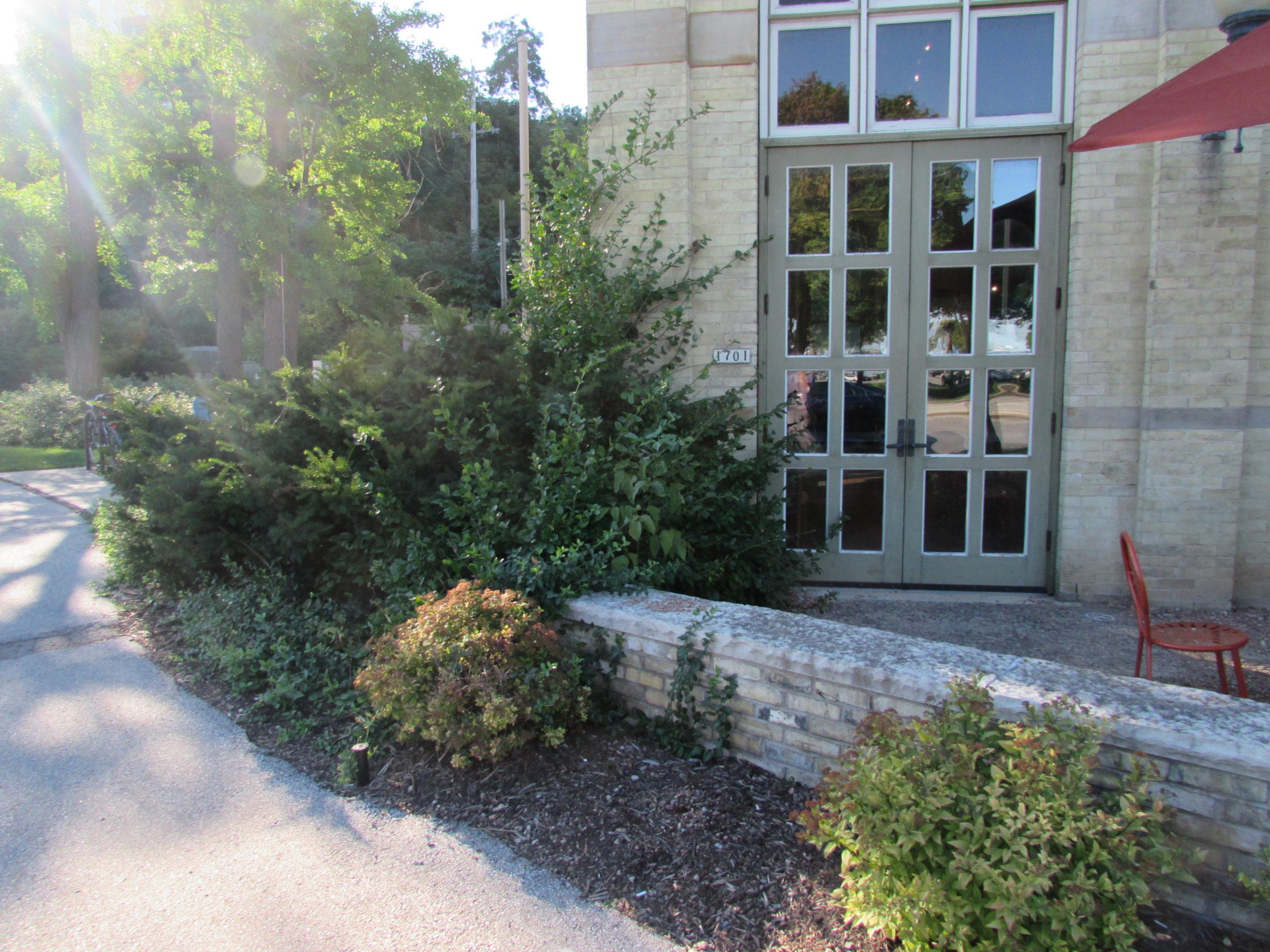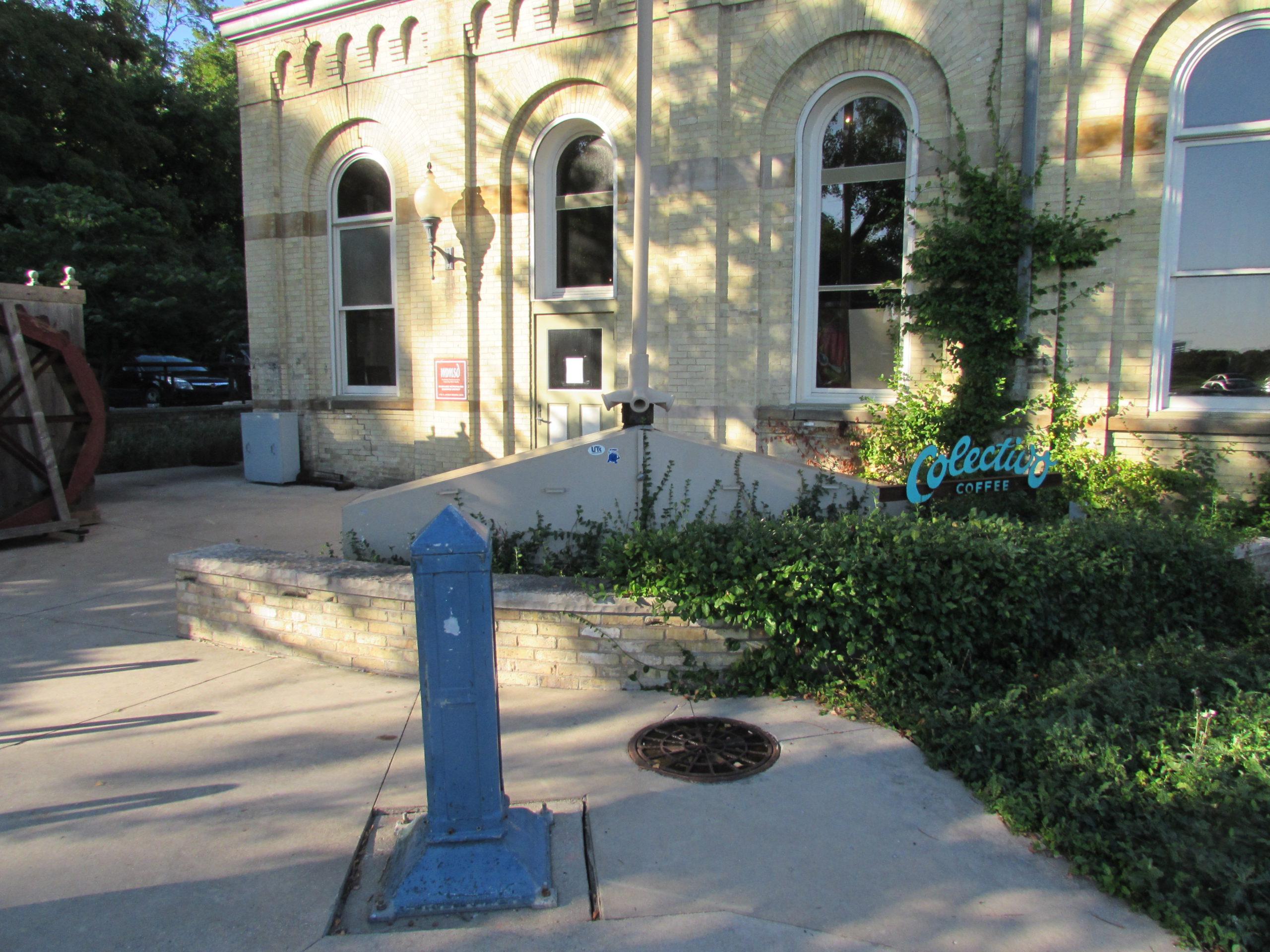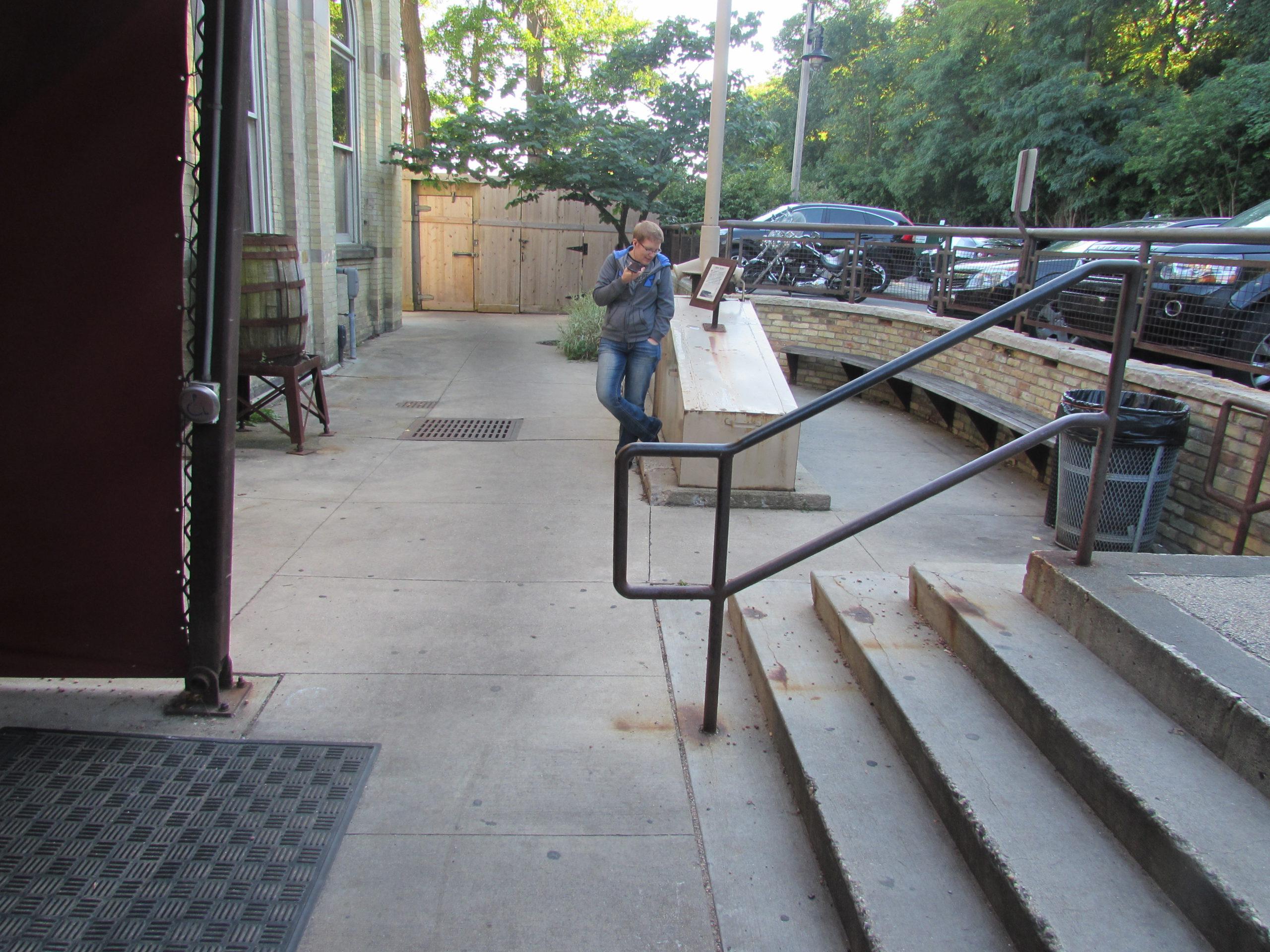Milwaukee River Flushing Station Foundation Restoration
Landscape Architecture, Site Design, Structural | Wisconsin | Back
Challenge
The Milwaukee River Flushing Station was built in 1888 to pump millions of gallons of water from Lake Michigan to the Milwaukee River.
In 2002, the northern half of the historic building was converted into a coffee shop, while the southern half of the flushing station remained in operation and could be viewed by shop customers.
Unfortunately, the 120-year-old building was fatigued, and the foundation of the building needed extensive rehabilitation.
Solution
Kapur staff provided site design and structural design for the foundation restoration under two separate contracts with MMSD. Site design services for the 1-acre parcel included storm sewer, sanitary sewer, water main, grading, paving, erosion control, stormwater management, and utility relocation.
The project also included hydraulic analysis and design of a StormTreat System that improves the quality of surface water and runoff from parking lots and the surrounding site prior to discharging to Lake Michigan. This StormTreat was the first of its kind installed in the City of Milwaukee.
Before starting work, the one-story building was monitored for several months to document foundation settling and movement of bearing walls, as well as to inventory visual structural deficiencies.
Foundation design and inspection tasks included geotechnical investigation and foundation exploration. This determined the makeup of the existing foundation, identified the underlying soil, and influenced the types of structural alternatives that could be used for rehabilitation.
Services Provided
- Field survey
- Geotechnical investigation
- Structural alternative analysis
- Foundation design
- Site design
- Landscape architecture
- Parking lot design
- Stormwater management
- Green infrastructure
Industries Covered
- Site Design
- Structural
- Landscape Architecture
Results
The foundation was repaired and stabilized. Additional work included brick wall replacement and tuck-pointing with the same original mortar composition and color. The building is alive and well once again, with constant traffic and year-round events at the facility.
